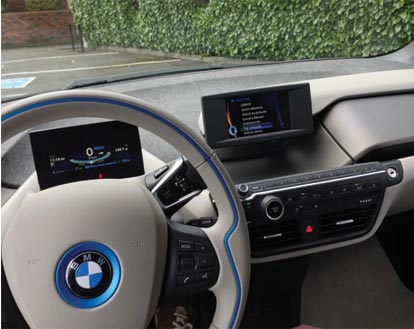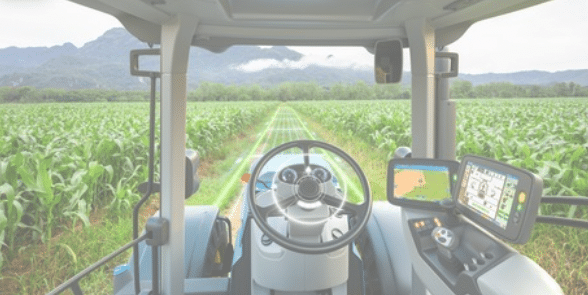 The Future of Vehicle Design
The Future of Vehicle Design
The next generation of vehicle design will be influenced by four key trends. The first is electrification – the adoption of hybrid and all-electric power as alternatives to traditional fossil fuels. The use of electric power by commercial vehicles has become commonplace in the urban environment, where operators have easy access to charging infrastructure. For vehicles operating in the off-road arena, the practicality of electric power will differ by application.
In a recent study by the US Army, the challenge of delivering conventional fuel to remote locations was fully explored. Despite the high costs of delivery, the energy density of conventional fossil fuels is still significantly higher than the latest alternative power sources. As a result, electrification might not be the ideal choice for deployed operations. However, for farmers or industrial operators who can return their vehicles to a central location at the end of the day, electric power offers a real alternative to conventional fuel.
Another trend that will influence automotive design will be the in-vehicle experience. The technology that has made smartphones so successful will change how we use our vehicles. The use of touchscreen displays has been combined with new methods to provide data to operators, including head-up displays (HUD) and the use of augmented reality (AR). In the domestic market, the car of the future has been described as the “third living space,” where drivers enjoy the same level of functionality that they might experience in the home or the office.

For commercial and industrial vehicle, the cabin is the office. The technology being integrated into today’s commercial and industrial vehicles matches and often exceeds that seen in even the most advanced domestic cars. Drivers and operators are equipped with application-specific controls, along with advanced navigation, monitoring and communication systems.
The next significant trend will be the development of Advanced Driver Assistance Systems (ADAS). These systems are designed to augment the driver’s skills to make the roads safer for all users. Simple reversing cameras have given way to an integrated suite of electronics that receives information from a vast array of sensors. This information is collected and processed in real time, allowing the car to identify potential hazards in the environment around it.
ADAS can also be seen as a stepping-stone to completely autonomous vehicles, making them invaluable for the future of industrial and off-road vehicles. There has been considerable development in use of autonomous or self-driving vehicles in off-road applications, extending from smart agriculture with the use of autonomous tractors and harvesters to the automation of such hazardous operations as mining and battlefield logistics.
The final element that will influence vehicle design is connectivity. The potential uses of the 5G network in the automotive industry have become clear, with its ability to share huge amounts of information wirelessly. For the first time, vehicles will form part of a dynamic network in which information is shared with other road users and even traffic control infrastructure to make travel safer and more efficient. Known as vehicle-to-everything (V2X) communication, this technology will see cars equipped with more sensors, controls, and computing power than ever before.
In the industrial environment, this connectivity will be even more important. Vehicles will form a key element of the smart factory, communicating wirelessly with other machines. Constantly reporting their position, tasking, and destination to the rest of the factory, vehicles will become an integrated element of the industrial process.
Connectivity is Key
The future of vehicle design is therefore a story of connectivity. All these trends – electrification, the in-vehicle experience, ADAS and out-of-vehicle connectivity – will depend on advanced computing power and the sharing of data. However, the physical wiring used in the current generation of vehicles has not evolved at the same speed as the systems they connect. The obstacles created by production technology issues are the result of how vehicle manufacturing has evolved.
As new features and systems are developed and added to the existing vehicle wiring, each feature is introduced as a new module, known as an electronic control unit (ECU). Every ECU is provided with its own dedicated wiring to connect it to the rest of the vehicle. As a result, the latest vehicles each require hundreds of ECUs, along with the associated wiring harnesses. Not only are manufacturers running out of space in their vehicles for all these systems, but their wiring requirements are approaching the point of saturation.
The installation of large numbers of sophisticated components has happened gradually over many years, and the cable harness has grown in complexity as a result. Akin to a snowball rolling downhill getting larger and larger, cable harnesses are now among the most complex components used in vehicle manufacture, as they are tasked with delivering power, data and control signals all over the vehicle. Their complex shape means that they are costly to make.





